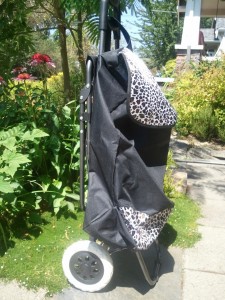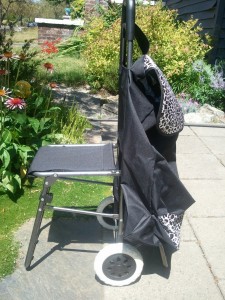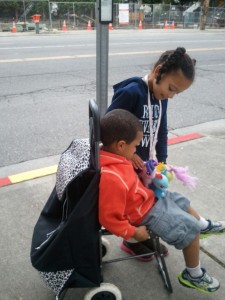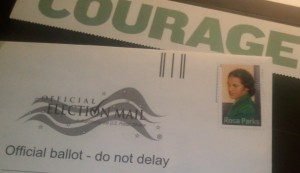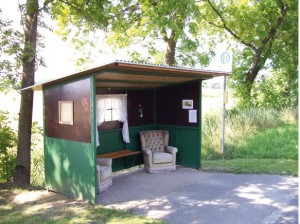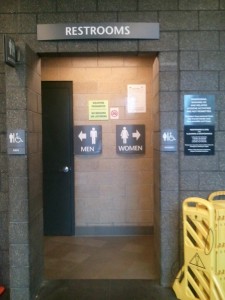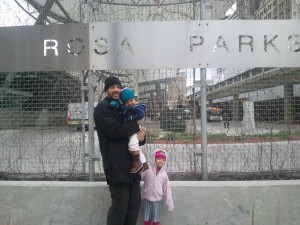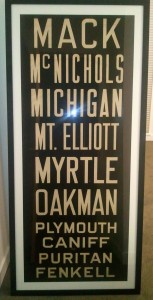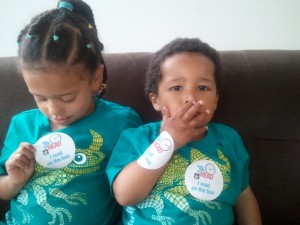
Coolest stickers ever
Almost exactly a year ago, I started a job at a nonprofit I’ve admired for
many years. I believe deeply in the organization’s mission and enjoy my work a great deal, but I almost never write about it here. This is because, up until July of 2011, my transit “advocacy” (such as it was) was completely independent of any organization and influenced only by my own opinions and experiences. I’ve never been paid to write my blog (or, for that matter, for any talks, panels, or other appearances related to it), and I’ve never accepted advertising on my site.
Now, for the first time, I’m affiliated with an organization that works on issues I write about. I don’t want the opinions I express outside of work to reflect on (or be confused with) those of my organization. And, I don’t want my personal musings to be motivated by any kind of work-related interest. So, I’ve held myself to a single, fairly simple rule: Don’t blog about work stuff, and don’t talk about my blog at work.
But folks, today I’m going to break my self-imposed rule, because there’s a project I’ve been working on at my day job that is just too cool not to write about, and I think you should sign up and participate and tell all of your friends to do the same. Fellow rider/readers, today marks the launch of the coolest book club in the history of humankind, Books on the Bus.
We are excited to announce Books on the Bus, a collaboration among Transportation Choices and King County Metro, King County Library System, Richard Hugo House, and Pacific Northwest Booksellers.
The Books on the Bus concept is simple: It’s a book club for transit riders. Here’s how it will work.
Every quarter, we will select a book for participants to read on their bus rides. (In the spirit of community, we will make an effort to select books written by local authors or that take place in the Pacific Northwest.) Our current selection is Hotel Angeline: A Novel in 36 Voices. Hotel Angeline was written live on stage by 36 of Pacific Northwest’s most interesting writers. Half of the proceeds from sales of the novel go to support local literacy nonprofits–this year, Powerful Schools and 826 Seattle.
At the end of the three-month reading period, we will host an event to celebrate and discuss the book. Then, we will repeat the process with a different book.
Though the final event will certainly provide plenty of stimulating book talk, it is during the reading period where the “magic” of Books on the Bus will happen. The magic maker, of course, is the bus.
Buses are perfect places to, as our friends at King County Library say, “take time to read.” Public transit allows you to use your travel time as you please, and for many people, daily commutes are the only times they find to read for pleasure.
But public transit also provides opportunities for interaction. Buses create spontaneous, mobile, and very diverse communities–all over the county, all day long. Buses can certainly lead to lasting relationships, but perhaps more meaningful, and certainly more common, are the incidental interactions: the good-morning nods, sympathetic smiles, and relinquished seats–the history lessons, sports debates, and occasional flirtations–that add richness and texture to every bus rider’s life.
It is these incidental interactions that we hope Books on the Bus will provoke and strengthen. We want buses to be places where people in King County “take time to read,” but also where they connect and communicate.
We hope you’ll sign up for Books on the Bus and make Hotel Angeline your summer ride read!
With so many service cuts (actual and looming) and no stable revenue sources on the horizon, I am grateful for this small bright spot in my bus life.

